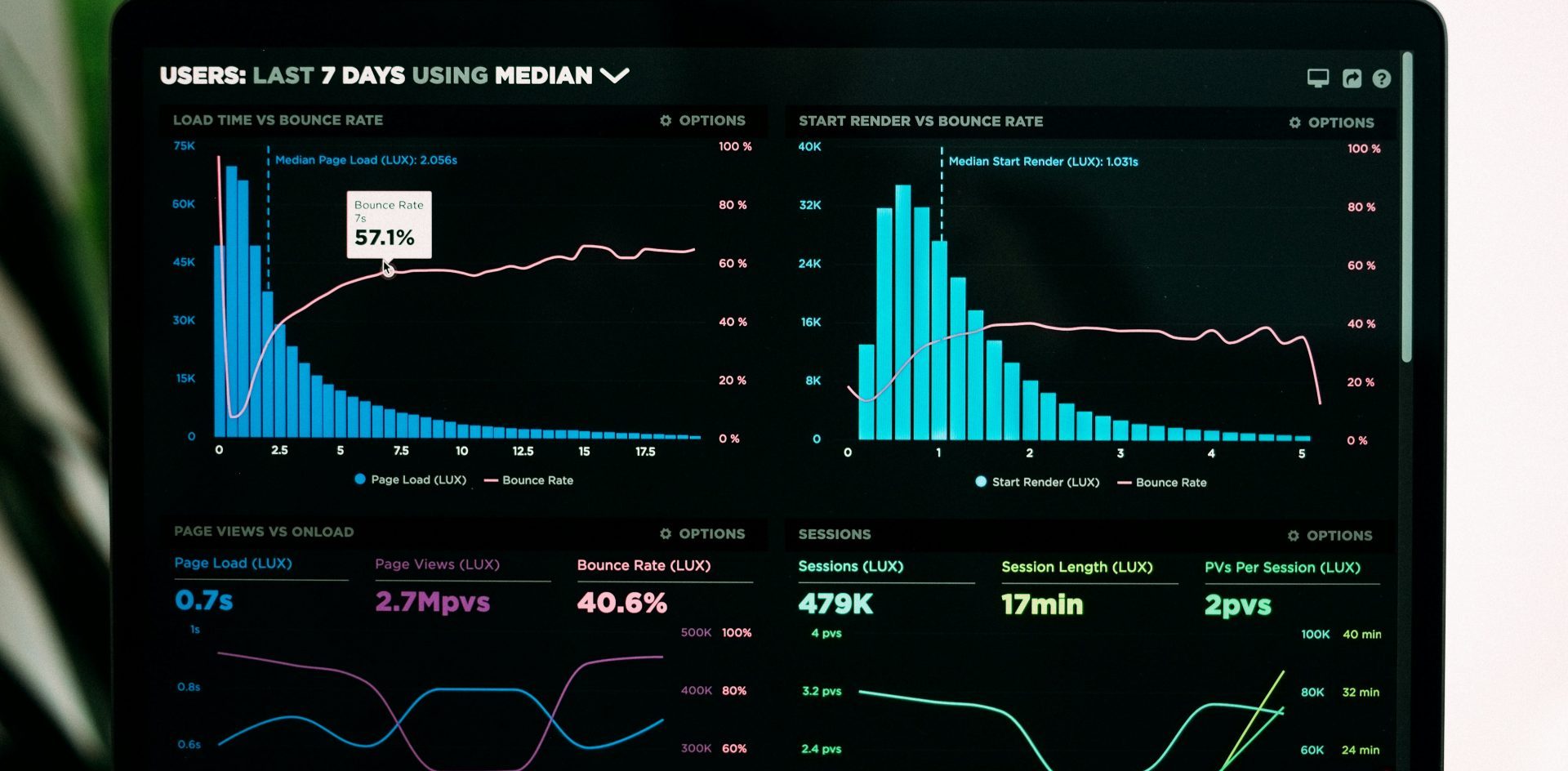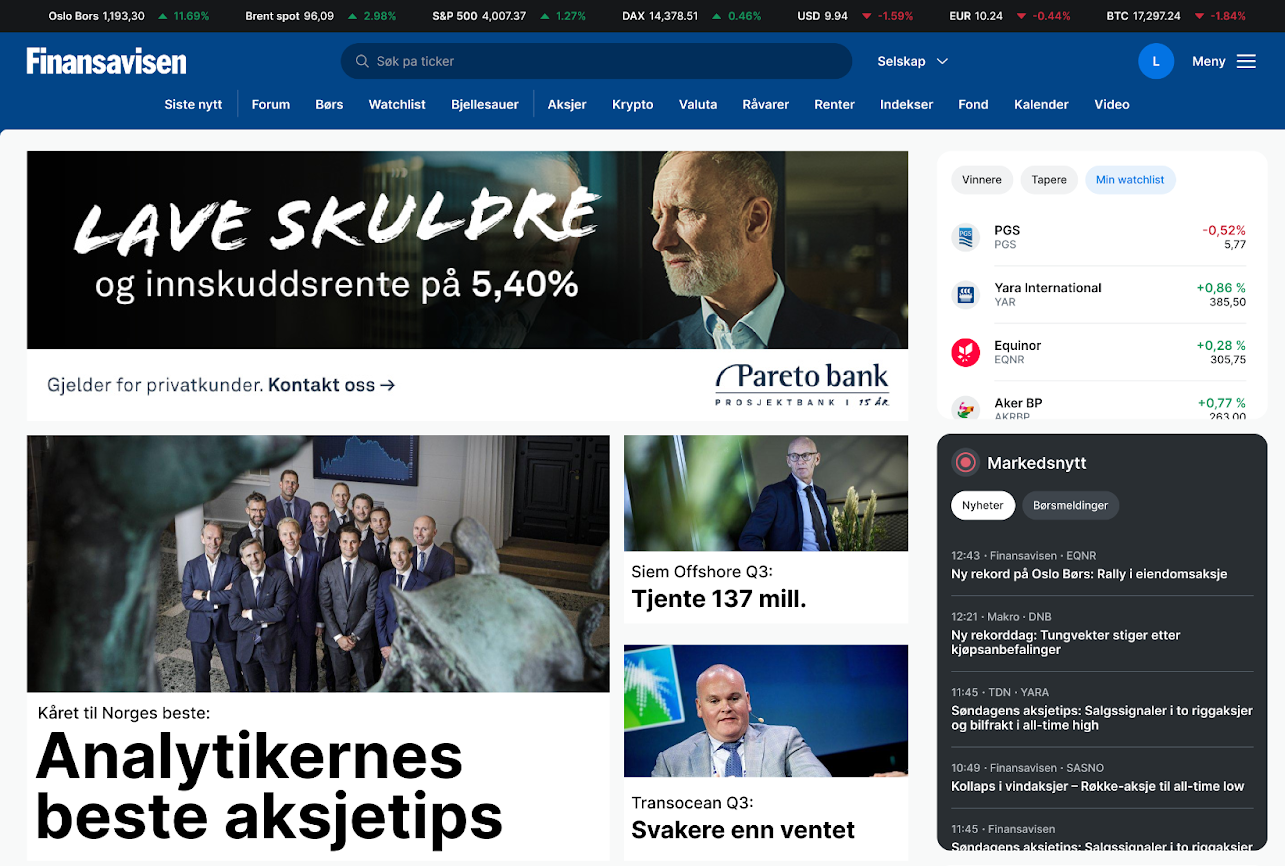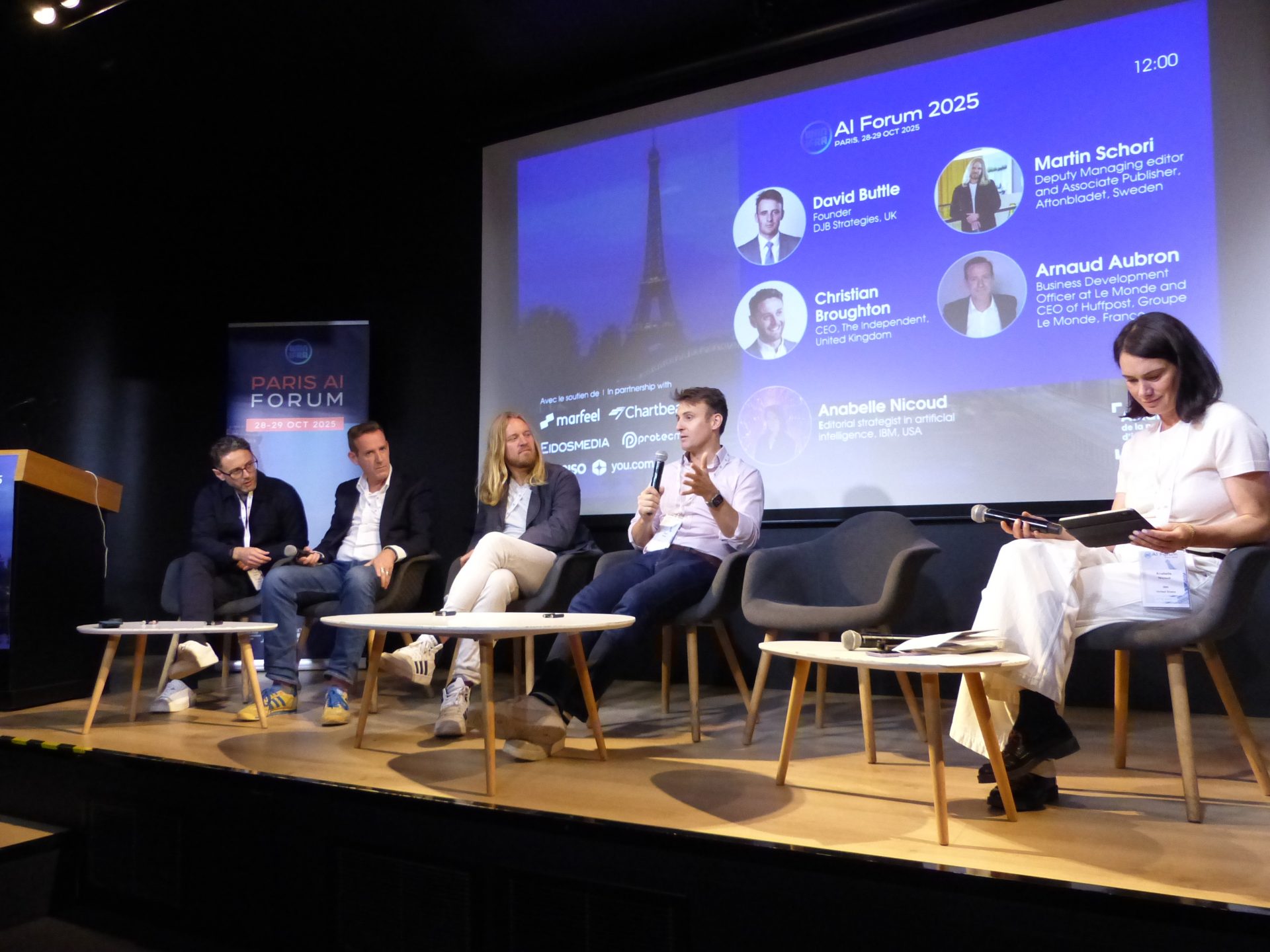
Newsletter
Newsletter
Subscription success is about delivering value to audiences, and we outline how to measure your success in doing that.
10th January 2025

Measure what matters, as the title of fabled venture capitalist John Doerr’s book about management and setting goals says. However, in dynamic, disruptive or disrupted markets, what matters changes. Sometimes, a KPI can tell your progress towards yesterday’s strategic imperative, not today’s.
As publishers transitioned from print to digital, most brought their focus on advertising as their primary revenue stream. With digital ad rates far below print, publishers would have to make up the gap by trading on volume. Hence, the measure that mattered was the page view in the desktop age and now the screen view in the mobile-first world we live in.
However, platforms that delivered audiences of millions and then billions of users and had advanced targeting technology captured most digital advertising revenue worldwide. What mattered changed, and publishers shifted their focus from advertising to audiences. In this edition of the Media Bulletin, we’ll look at how that has affected what publishers and broadcasters measure.
We’ll cover:
We have begun work on our annual State of Mobile Publishing Report for 2025, and in our professional community, Mobile Matters, we want to have conversations about your mobile priorities for the year. If you would like to join, you can join here.
By James Kember and Kevin Anderson
Up until recently, page or screen views were the coin of the digital realm for publishers and broadcasters. Publishers focused on driving as many page views as possible to drive advertising impressions and loyalty or engagement, however measured, didn’t matter. The advertising-focused era for digital media is over. Even the Daily Mail in the UK, which had long focused on an ad-driven volume strategy, updated its Mail+ digital subscription with premium stories in 2023.
While this industry-wide shift has presented plenty of challenges to publishers, especially in English-speaking markets, the end of the ad-supported volume era provides opportunities as well. The advertiser-centric approach neglected the user and led to commoditised content and bad digital experiences. Now, a more audience-centric approach has led to a focus on loyalty and engagement. Broadly speaking, this is measured by looking at the length of time a user spends engaged with content. The logic is simple: the more time the better.
But is it really the best way to measure value? In a recent article for INMA, Dr. Dietmar Schantin, Principal at IFMS Media Ltd argued that time spent on a website or app has a fundamental flaw, it makes the assumption that there is a correlation between time spent and propensity to subscribe or retention rate. For Dietmar, this logic is too simple. “In fact, value can be high even when media time is low, especially if audiences are able to quickly find what they need and gain relevant insights”, he pointed out.
Dietmar’s argument against engagement time is a simple one, it prioritises quantity of time over quality of engagement providing the example of a “reader who spends 15 minutes scrolling through a difficult-to-navigate article may not actually be more engaged than one who finds exactly what they need in two minutes.” Time spent metrics have been adopted by publishing largely due to an attempt to compete with streaming companies.
One of the reasons that engagement time has become so popular is that it is a simple and easy-to-use metric, especially as publishers have increasingly looked to other markets for inspiration through formats such as vertical video, puzzles and podcasts. Engagement time provides a handy measure which works across all these formats. However, these metrics miss subtle value publishers provide to their audience.
The solution that Dietmar pointed to is to define “added value”, which can be defined “as the direct benefit that a reader derives from consuming content. Added value can be considered intellectually, emotionally, practically, monetarily, socially, or aesthetically”. The key is that “added value” for a user could be high whilst the engagement time within the app is low. Indeed, Dietmar made the argument that in some cases added value could conflict with time spent as “[t]oday’s audiences are often time-pressed and seek quick, efficient information”.
Moreover, it is likely that publishers will increasingly look to AI tools to provide direct value to audiences through features like auto-generated summaries. Time spent is therefore likely to be devalued further.
So, if publishers should pivot away from time spent, how can value be measured? In his piece for INMA, Dietmar provided four examples, content completion rate, return rate, direct feedback and indirect feedback. Let’s run through each of those in turn.
This is a reasonably simple metric which in its most basic form tracks whether a user reaches the bottom of an article. This can be done through scroll depth but it’s important to look at only tracking a scroll within the article itself. For example, several news sites have a significant amount of related content at the bottom of an article, and you wouldn’t want to count this. We would also suggest combining a scroll-based metric with another measure to ensure that the user spent enough time on the page to actually complete the article. A few months ago, we discussed how publishers could use a “quality reads” metric to measure depth and breadth of engagement, and we would recommend applying it here as well.
Most publishers fall into one or two broad categories: They have a high depth of engagement, with lots of articles read in a session and a low to medium rate of return. or they have a high rate of return but with a lower level of content consumption.
Research and subscription leaders in the industry such as the Financial Times have seen how increasing the recency and frequency of user visits are directly tied to subscription growth and retention, which is measured by the return rate, the second key measure suggested by Dietmar. In 2019, research at Northwestern University in the US found that building regular habits with readers were more important than pageviews or time spent in determining propensity to subscribe and retention. “As the industry moves to a business model more focused on digital subscriptions, local news organizations need to create a value proposition for readers that leads them to become frequent, daily consumers of their news and information,” said Tim Franklin, a senior associate dean at Northwestern’s Medill School of Journalism, Media, Integrated Marketing Communications.
There are two key ways to measure the return rate. It can be measured either by how often a user returns to a type of content, or more broadly, it is measured by how frequently they access the website or open the app. Whilst the completion rate is an article-specific metric with a score for each piece of content the retention rate will more easily be applied to the app or website as a whole. If a publisher would like to understand the impact that individual articles are having on the return rate, they will need to model out the results across their site or app and define the time period a return can be associated with the content, so as to avoid a bias towards older content where the reader has had a larger time period to come back in. As you get more advanced in your use of analytics, you may want to weigh articles based on other metrics such as completion.
Analytics tell you what audiences do, but audience research adds another layer of valuable data for editors and product managers. It helps you understand why people engage with specific content and spend more time with one content type than another. It can also shed light on their user journey, helping you understand why they abandon a subscription or e-commerce purchase.
Dietmar broke audience feedback into two sections: direct and indirect. Direct feedback is collected through audience surveys, often through simple placements at the bottom of the article. The Athletic do this particularly well. Indirect feedback is inferred through commenting, sharing, gifting or saving an article. If a user interacts with the content in this way, it is more likely that they’ve seen value from it. One caveat is that publishers need to be careful not to allow audience comments to bias them towards content that provokes strong emotions without providing value to readers.
The key to leveraging these metrics and data is in the publisher’s ability to combine and synthesise them. As mentioned, time spent is a great metric as it can be used across the entire digital ecosystem, and its simplicity and universality have been its appeal. To measure value, publishers will need to combine several different metrics. A hybrid approach which looks at several of Dietmar’s value metrics will be the most effective, but the exact mix will depend on the specifics of the publisher’s content. Moreover, it could require a publisher to build features to measure indirect feedback, such as a feedback widget, a save function or a gifting button.
To help teams leverage value data, some publishers bundle them together into a score, to easily allow editorial or commercial teams to gauge content value. The Financial Times began developing its key metric – RFV (recency, frequency, volume) – in 2011. As the subscription leader increased the volume of data it has, it has long understood the score it needs to reach to convert a user or increase their propensity to renew. Moreover, they have built products and features designed to develop habits amongst readers including newsletters, customisation, personalisation and push notifications. They also have developed engagement clusters using their data so they understand the common characteristics of their most engaged audiences. They know their most engaged cohort – FT Fans – are mostly B2C customers, who live in the UK and work in banking and finance. Fans only account for 11% of their total audience but are heavily engaged, accounting for 67% of visits and 73% of pageviews. They are the second-highest users of mobile, have the most email sign-ups and are the highest users of product features like personalisation and interaction tools.
Ultimately, whilst publishers are increasingly in competition for attention with non-publishing companies like video platforms and streaming services, that doesn’t mean they need to use the same metrics to measure success. Instead, we encourage a publisher to evaluate the value their content provides to their audience because this has a higher correlation to their propensity to subscribe or continue their subscription.
Here are some of the most important headlines about the business of news and publishing as well as strategies and tactics in product management, analytics and audience engagement.

Newsletter

Newsletter

Newsletter

Newsletter

Newsletter